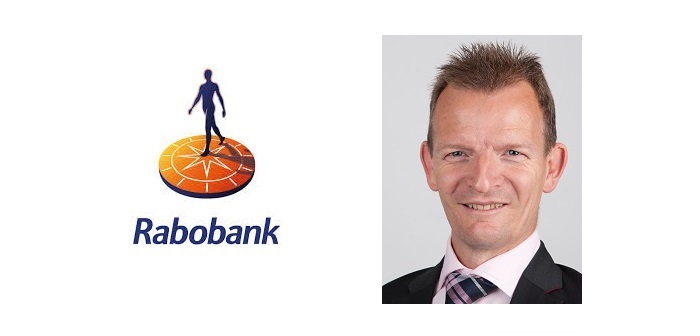The global pork market will continue on an upward trend throughout the second half of 2015, after having “found a bottom” in the last quarter, according to the latest pork quarterly report from Rabobank.
However, while commenting that, within this general upturn, the EU market has ample opportunities for price and margin improvement, the Dutch bank warns that a lot will depend on pork import activity by China during the rest of the year.
Although confident trade will increase, report joint-author, Albert Vernooij, said: “The main questions are when Chinese import growth will start, how much volume growth there will be and what the support for pork prices will be across the globe.”
In short, the positive impact on exporting countries may be “delayed” by supply growth in key markets, even though the enormous cull of China’s herd over the last 18 months is now “pressuring production, pushing prices up and putting industry margins into the black”.
Dealing specifically with the EU, the report states that prospects for the remainder of Q3, 2015, and into Q4, remain “weak”, with pig prices looking set to remain below the yearly average.
“The only possible upside is the expected rise in Chinese imports towards the end of the quarter,” it states, adding that, due to the low value of the euro, the EU is well positioned to gain part of the expected rise in imports into China.
“However, with EU production set to remain ahead of 2014 levels and with stock levels still high, it is yet to be seen if this (the China factor) will support EU pork prices.”
Rabobank also notes that in addition to the EU’s current high stock levels, pigmeat taken off the market in February/March this year under the Private Storage scheme will be released during the coming months.
Albert Vernooij, pictured in our headline image, is Rabobank’s animal protein analyst




